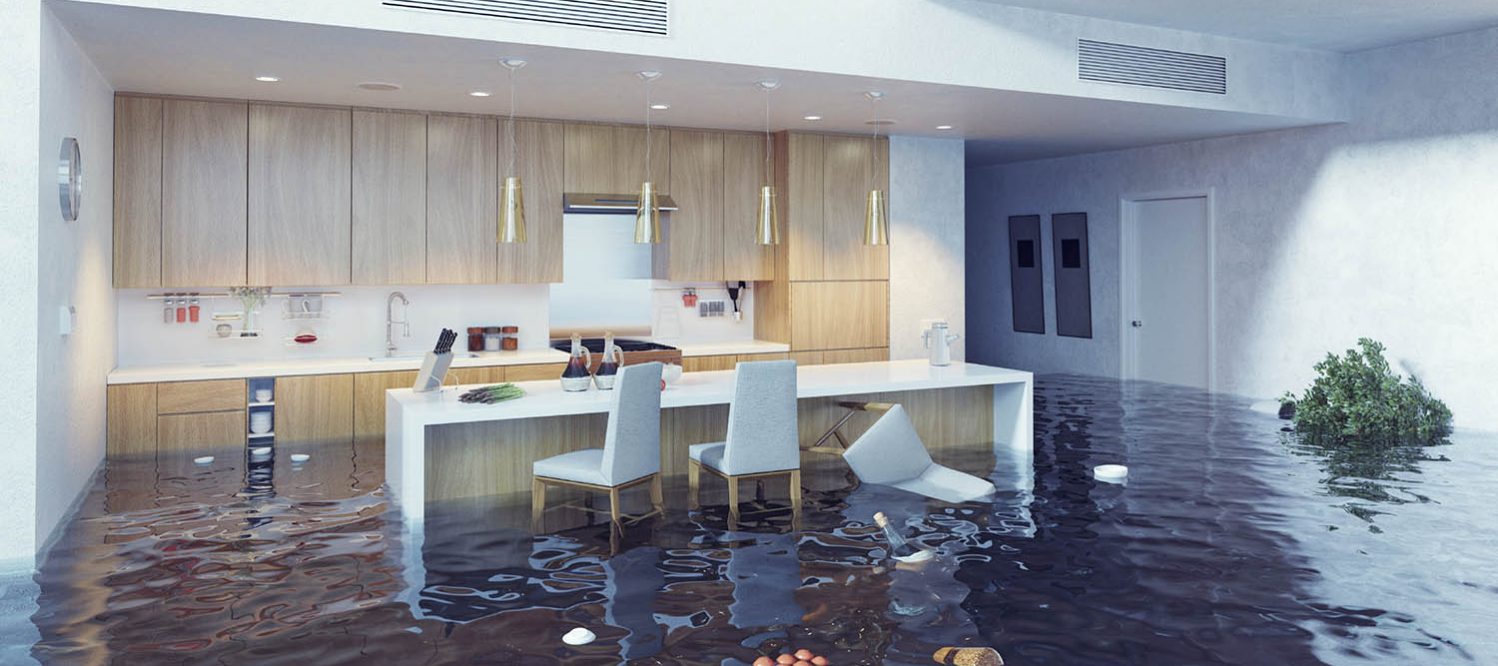What are your beliefs about 5 Home Safety Tips To Reduce The Risk Of Fire And Water Damage?

Though water provides life, water intrusion on parts where it's not meant to be can cause damages. If the water soaks into your structure, it can peel away surface areas and deteriorate the foundation. Mold and mildew additionally prosper in a moist setting, which can be harmful for your health. Houses with water damage smell old and stuffy.
Water can originate from many sources such as tropical cyclones, floods, burst pipes, leaks, as well as sewage system concerns. In case you experience water damage, it would be great to understand some security precautions. Below are a couple of standards on exactly how to take care of water damages.
Do Prioritize Home Insurance Policy Protection
Water damages from flood because of heavy winds is seasonal. You can likewise experience an unexpected flooding when a defective pipe unexpectedly bursts right into your home. It would certainly be best to have residence insurance policy that covers both acts of God such as natural calamities, as well as emergencies like damaged plumbing.
Don't Fail To Remember to Turn Off Energies
In case of a calamity, specifically if you reside in a flood-prone location, it would be suggested to switch off the primary electrical circuit. This removes power to your entire home, stopping electric shocks when water comes in as it is a conductor. Don't forget to turn off the main water line shutoff. Furnishings will move around as well as trigger damages when floodwaters are high. Having the main valve shut off avoids additional damage.
Do Keep Proactive and also Heed Climate Alerts
Listen to emptying cautions if you live near a lake, creek, or river . Doing so lowers prospective residential property damage.
Don't Overlook the Roofing System
Before the climate transforms frightful, make certain you have a roof inspection. It would certainly be sensible to get this solution each year as it can mitigate complicated concerns. You can stay clear of rain damages if there are no openings and also leaks in your roof covering. Your contractor will additionally care for faulty seamless gutters or any other signs of weakening. This will avoid water from flowing down your walls as well as saturating your ceiling.
Do Take Notice Of Small Leaks
A burst pipe doesn't take place overnight. You might see gurgling paint, peeling wallpaper, water streaks, water discolorations, or dripping sounds behind the walls. Have your plumbing fixed prior to it results in huge damage.
Don't Panic in Case of a Ruptured Pipeline
Keeping your presence of mind is vital in a time of situation. Stressing will just intensify the problem because it will suppress you from acting fast. Timing is crucial when it comes to water damages. The longer you wait, the more damages you can expect. Hence, if a pipe bursts in your residence, immediately turned off your primary water shutoff to remove the source. Disconnect all electrical outlets in the area or turn off the circuit breaker for that part of the residence. Call a respectable water damages reconstruction expert for aid.
Water provides life, water invasion on components where it's not intended to be can result in damage. Homes with water damages scent old and stuffy.
Water damage from flooding dues to hefty winds is seasonal. You might observe bubbling paint, peeling off wallpaper, water streaks, water spots, or leaking noises behind the walls. When it comes to water damages, timing is essential.
Some Do's & Don't When Dealing with a Water Damage
DO:
Make sure the water source has been eliminated. Contact a plumber if needed. Turn off circuit breakers supplying electricity to wet areas and unplug any electronics that are on wet carpet or surfaces Remove small furniture items Remove as much excess water as possible by mopping or blotting; Use WHITE towels to blot wet carpeting Wipe water from wooden furniture after removing anything on it Remove and prop up wet upholstery cushions for even drying (check for any bleeding) Pin up curtains or furniture skirts if needed Place aluminum foil, saucers or wood blocks between furniture legs and wet carpet Turn on air conditioning for maximum drying in winter and open windows in the summer Open any drawers and cabinets affected for complete drying but do not force them open Remove any valuable art objects or paintings to a safe, dry place Open any suitcases or luggage that may have been affected to dry, preferably in sunlight Hang any fur or leather goods to dry at room temperature Punch small holes in sagging ceilings to relieve trapped water (don't forget to place pans beneath!); however, if the ceiling is sagging extremely low, stay out of the room and we'll take care of it DO NOT:
Leave wet fabrics in place; dry them as soon as possible Leave books, magazines or any other colored items on wet carpets or floor Use your household vacuum to remove water Use TV's or other electronics/appliances while standing on wet carpets or floors; especially not on wet concrete floors Turn on ceiling fixtures if the ceiling is wet Turn your heat up, unless instructed otherwise

Do you appreciate reading up on Safety Tips To Prevent Fire And Water Damage? Create feedback below. We would be pleased to listen to your reactions about this blog posting. In hopes that you come back again soon. Sharing is caring. Helping others is fun. Thanks so much for your time invested reading it.